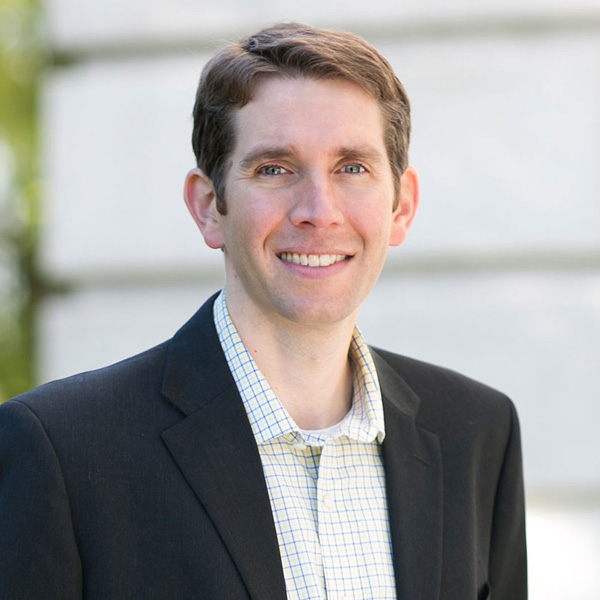The Department of the Interior is proposing to designate 22 million acres of public land in the West as suitable for solar development.
The roadmap announced Jan. 17 is an update of the 2012 Western Solar Plan and is intended to make permitting faster and easier.
An estimated 700,000 acres of land for potential solar development is needed to help meet the Biden administration’s goals of a 100% clean energy grid by 2035, the U.S. Bureau of Land Management said.
The 2012 Western Solar Plan identified areas with high solar potential and low resource conflicts in order to guide responsible solar development. It looked at land in Arizona, California, Colorado, Nevada, New Mexico and Utah. The update adds Idaho, Montana, Oregon, Washington and Wyoming.
The draft analysis of the “Utility-Scale Solar Energy Programmatic Environmental Impact Statement” would further streamline the permitting process, steering developers toward sites with fewer potential conflicts with other land users, less environmental impact, greater access to transmission lines and higher solar potential.
The update also reflects a dozen years of technological, societal and economic changes.
The draft and its appendices are available on BLM’s website. Public comment will be accepted through April 18 and will help shape the Final Programmatic Environmental Impact Statement and Record of Decision.
“This is a big deal,” acting Deputy Interior Secretary Laura Daniel-Davis told reporters during a conference call Wednesday, “and it’s the first time in more than a decade that the plan has been updated.”
It will make permitting faster, easier and more consistent, she said.
“Simply put, the updated Western Solar Plan will create the foundation for solar development and conservation on public land into the future,” Daniel-Davis said.
“The proposal complements other regulatory updates in progress, including BLM’s pending Renewable Energy Rule, which will help incentivize renewable energy development on our public land” through fee reductions of up to 80%, she added. (See BLM Seeks to Slash Fees for Solar, Wind on Public Land.)
BLM Director Tracy Stone-Manning said the clean energy portfolio on public land has been growing in the past three years, during which BLM has approved 47 renewable projects rated at 11.24 GW.
BLM is now processing 67 clean energy projects rated at more than 37 GW, Stone-Manning said, and is in early review of more than 195 applications plus 97 site testing requests.
She spoke also of BLM’s deep and continuing responsibility to balance the Biden administration’s economic and clean energy goals with the need for preservation of resources and respect for stakeholders.
BLM worked with the National Renewable Energy Laboratory and Argonne National Laboratory to calculate that approximately 700,000 acres in the West would be needed to meet Biden’s clean energy goals. The proposed designation is 22 million acres, or approximately 31 times more than needed, which will provide needed flexibility.
BLM prepared five alternatives; its preferred alternative, No. 3, would exclude areas in the 11 states that are more than 10 miles from existing or planned transmission lines carrying at least 100 kV and exclude areas that have a slope greater than 10%.
Alternative No. 3 would exclude 140 million acres in the 11 states and invite solar applications on 22 million acres, ranging from 106,458 acres in Washington to 6.99 million acres in Nevada.
